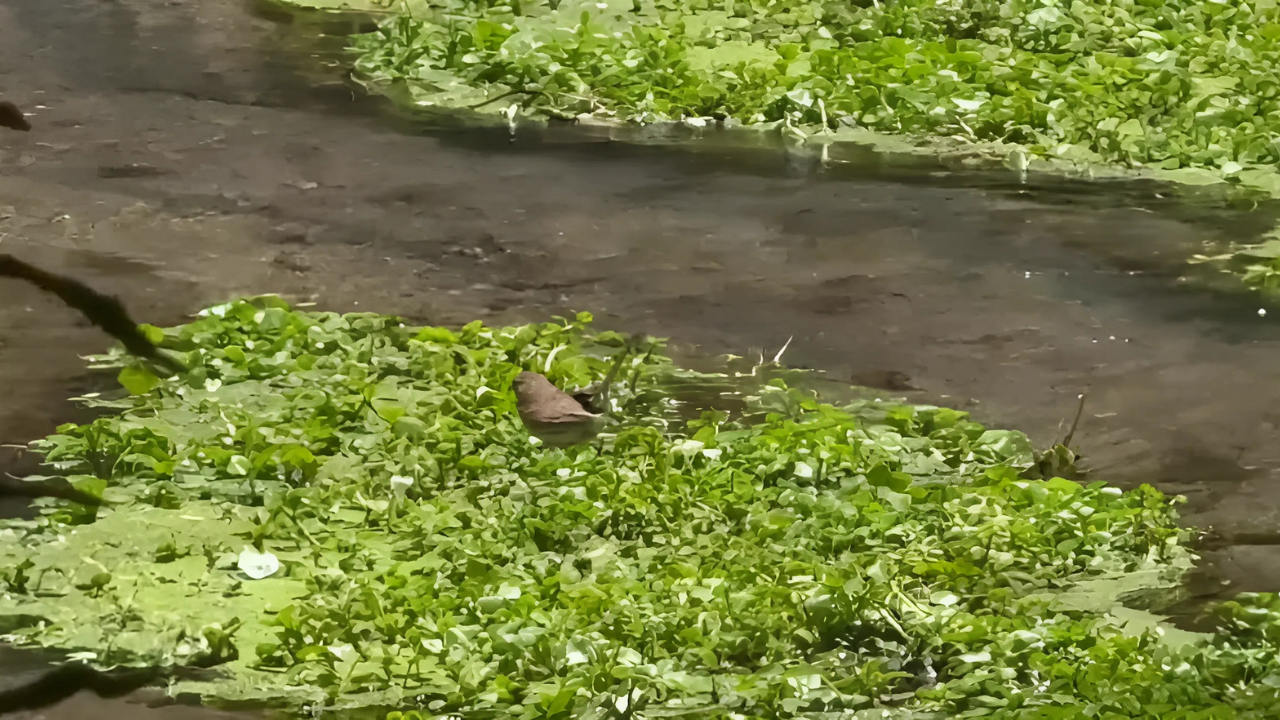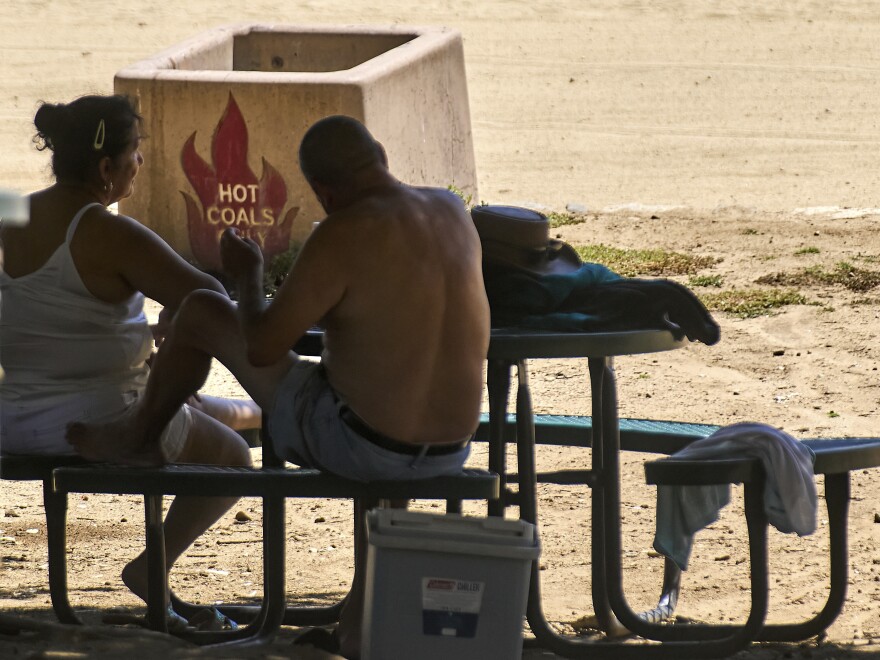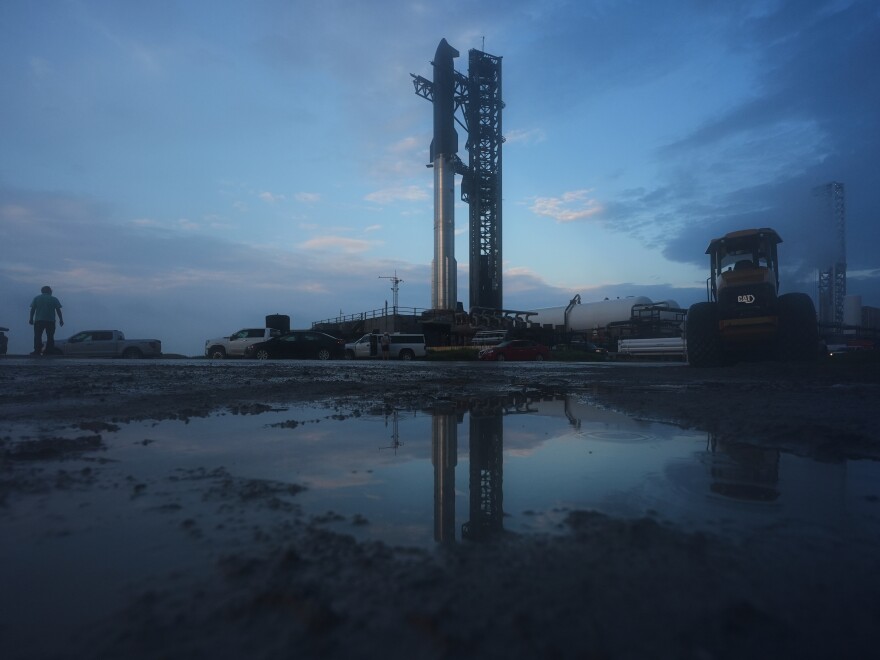Researchers at Arizona State University are raising concerns about pollution affecting the Hassayampa River Preserve in Wickenburg.
A recent study conducted by ASU aims to understand how pollution from nearby sources is impacting the river’s ecosystem and the health of both people and wildlife.
The Hassayampa River Preserve is known for its rare desert riparian habitat and is home to many plant and animal species. But growing urban development, agricultural runoff, and other pollution sources are putting the area at risk.
ASU researchers say that contaminants like heavy metals and bacteria are entering the water through groundwater and surface runoff, especially after rainfall.
The team has been collecting water samples and running tests to determine what kinds of pollutants are present and how serious the threat is.
Early findings show that some areas of the preserve are facing elevated levels of pollution, which could harm fish, birds, and even visitors who come in contact with the water.
One major concern is the effect on groundwater, which many nearby communities rely on for drinking water. If pollutants continue to enter the groundwater system, it could lead to long-term health and environmental problems.
ASU hopes the study will help local agencies and communities take action to protect the preserve. They are working closely with the Nature Conservancy, which helps manage the area, as well as local government officials, to share findings and recommend possible solutions.
The researchers emphasize that preserving the health of the Hassayampa River is not just about protecting nature—it’s also about safeguarding public health and ensuring that clean water remains available for future generations.
The team will continue monitoring the preserve in the coming months and plans to release more detailed results soon.
They hope the study leads to better awareness and stronger policies to reduce pollution and keep Arizona’s natural resources safe.






